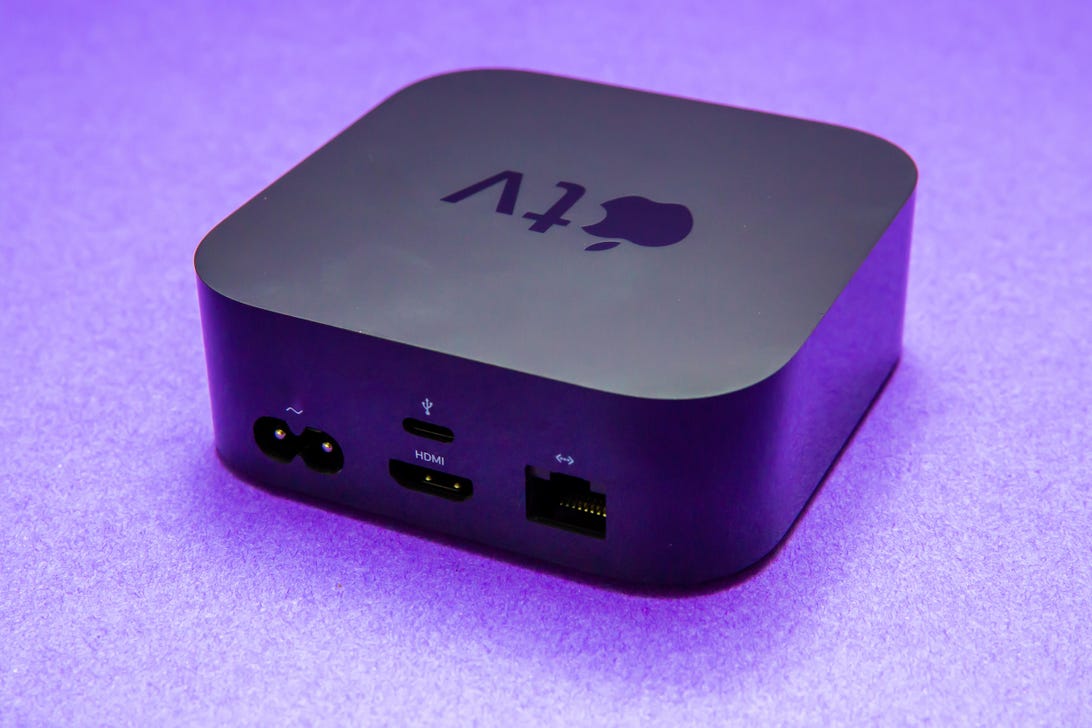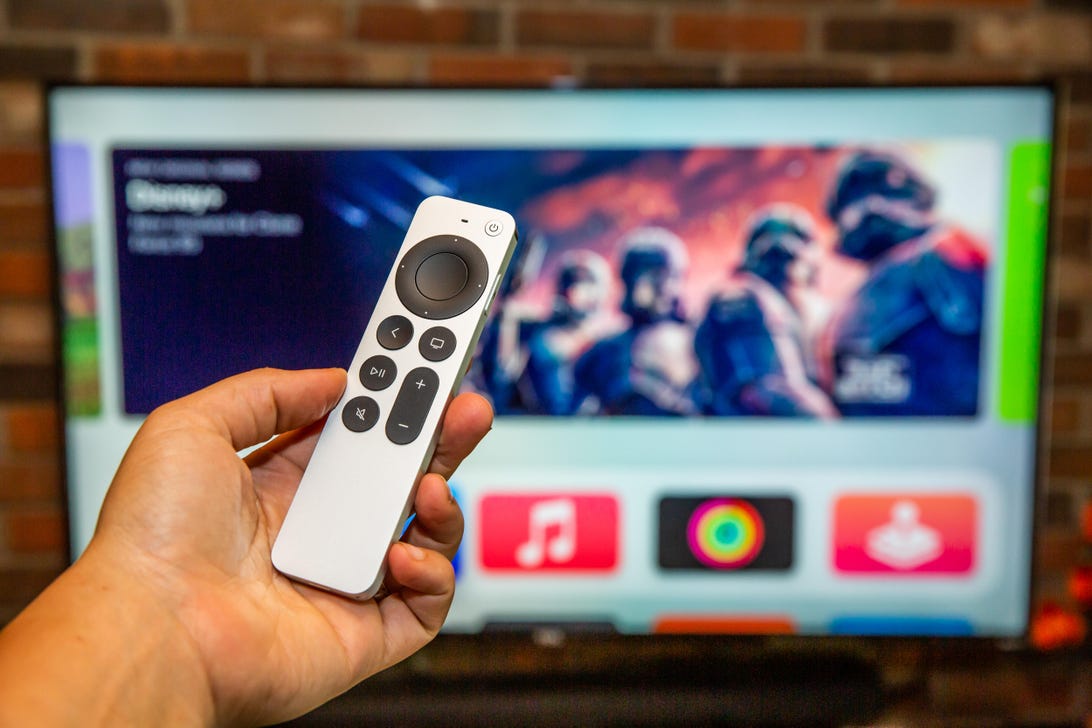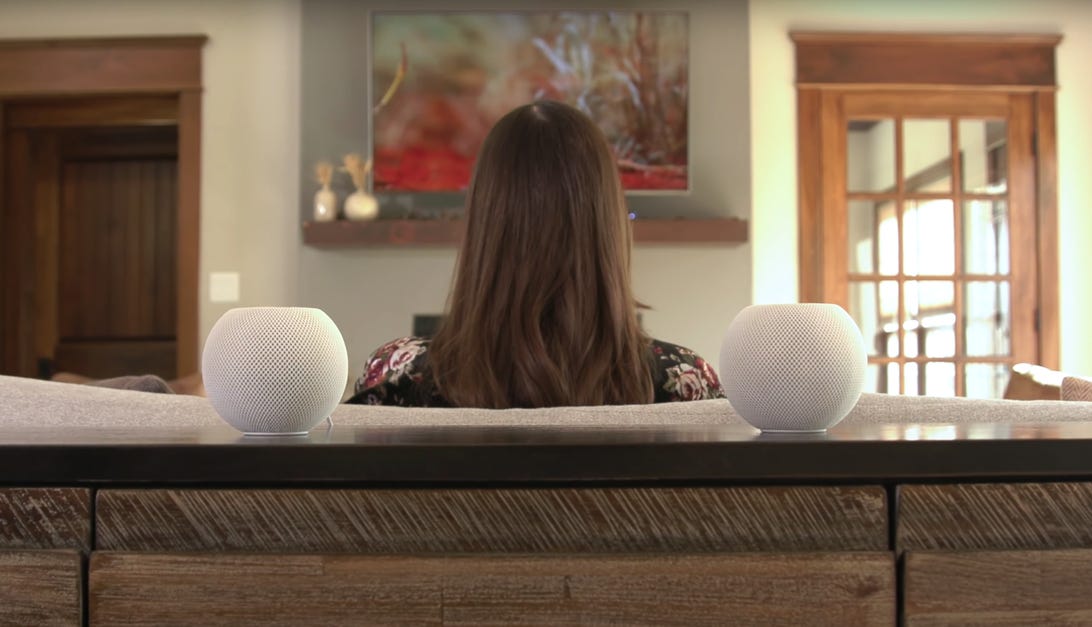
Apple gave the Apple TV 4K a much-needed refresh last year. While the updates weren’t as expansive as I had hoped, they did fix some of the device’s most glaring holes by adding a better remote and a faster, more modern processor.
Given the company’s less-than-frequent cadence for updating its streaming device, we probably now shouldn’t expect any new hardware for a while. After all, the gap between the 2021 refresh and the previous Apple TV 4K was nearly four years. To think we’d be getting another update one year later is some real wishful thinking.
But this is a wish list, so if there is any place for CNET reviewers to indulge our hopes and dreams, this is it. Here are some of the things I would like Apple to do in the television space in 2022.
Kill the Apple TV HD


It is time to end the Apple TV HD.
Sarah Tew/CNETThe Apple TV HD is the lower-resolution brother to the Apple TV 4K. Once upon a time it served the noble purpose of bringing Apple’s TV ambitions to big screens around the world. That purpose has long since expired. Still touting the same specs as it did in 2015, Apple, for some reason, decided to continue selling the $150 Apple TV HD. It gave the old box a new Siri Remote in last year’s refresh, but that’s the only change.
In 2015, the A8 processor — the same generation chip as the one found in the iPhone 6 line — was impressive. In 2022, however, it has really shown its age. Sure, it can still stream apps like Netflix, Disney Plus, Apple TV Plus and HBO Max just fine. But if all you wanted was to stream apps, then you could save $50 to $100 and get something like Roku’s Ultra, Streaming Stick 4K or Express 4K Plus, Amazon’s Fire TV Stick 4K Max or Google’s Chromecast with Google TV. All those devices are not only cheaper and faster, they can all play back content in 4K HDR.
Let the Apple TV HD go, Apple. It had a good run but has now lived well past its expected life span.
It’s time for a $99 Apple TV


Apple has made clear in recent years that it’s more than just a hardware maker. Services revenue for the company’s most recent quarter soared to over $19.5 billion, with Apple touting 785 million paid subscribers across its businesses.
While it hasn’t done much with TV software of late, the television clearly remains a focus as Apple continues to invest in its Apple TV Plus streaming service — you know, the one with Ted Lasso — and has rolled out an Apple TV app for its Fitness Plus health offering. It also continues to release new games on Apple Arcade.
If Apple truly wants to dominate these spaces in the future, it should take a page out of rivals’ playbooks and release a cheaper dongle, say, at $99. It can run the same A12 processor found in the updated Apple TV 4K, giving the company and developers a more powerful chip to design new experiences for, rather than having to accommodate both the A8 on the Apple TV HD and the A12 on the Apple TV 4K.
For a company so obsessed with building and maintaining its “walled garden” of interconnected apps, software and devices, a product like this could go a long way toward allowing Apple to have a viable television experience.
A HomePod soundbar


So I’m sure some must be wondering what would happen to the Apple TV 4K in a world where a dongle might exist. Here’s a solution: an Apple TV soundbar.
Roku already does this with its Roku Streambar, while other devices from the likes of Nebula, TCL and even Verizon incorporate Amazon Fire TV or Google’s Android TV software. Rumors suggest Apple is already working on just such a device.
Although its original HomePod struggled to find an audience with its high price, it did earn praise for its audio quality. The company’s most recent HomePod Minis, smaller $99 smart speakers, have similarly been praised for their sound quality and recently got a color update.
Apple is very much an active player in audio, and you can even pair the HomePod to existing Apple TV boxes. Combining that audio prowess with the Apple TV smarts could be useful if it’s not completely cost-prohibitive. This could be the high-end player for the Apple TV ecosystem and allow Apple to continue building on a vision for home audio that the company has flirted with since Steve Jobs first introduced the iPod Hi-Fi back in 2006.
Siri Remote finder with UWB, like an AirTag


There are plenty of cases for the Apple TV’s Siri Remote, but it’s time for Apple to build the tech into its controller.
Eli Blumenthal/CNETWhereas the above is very much a wish list, this feels more realistic. The Siri Remote for the Apple TV is pricey at $59, but it fixed nearly all of Apple’s prior remote problems. It has a dedicated power button, a directional pad for more precise navigation, and the company made it larger and thicker so it doesn’t get lost as easily in the couch.
But in an age with AirTags, there really is no reason I can think of to not incorporate a U1 chip for locating the inevitably missing controllers. Yes, you can get cases to facilitate attaching an AirTag to the Siri Remote, but that’s not an elegant fix.
Just make it happen, Apple. Give people a way to easily find their lost items.

